Table of Contents
When it comes to smartphone photography, one debate has stood the test of time: iPhone vs Android camera. Every year, both sides push new boundaries, releasing flagship models with upgraded sensors, computational photography features, and more advanced AI. But in the real world, where lighting is imperfect and moments are spontaneous, which phone actually delivers?
Let’s dig deep into the iPhone vs Android camera battle with real examples, expert comparisons, and first-hand user commentary.
1. Sensor Quality and Image Processing (iPhone vs Android camera)
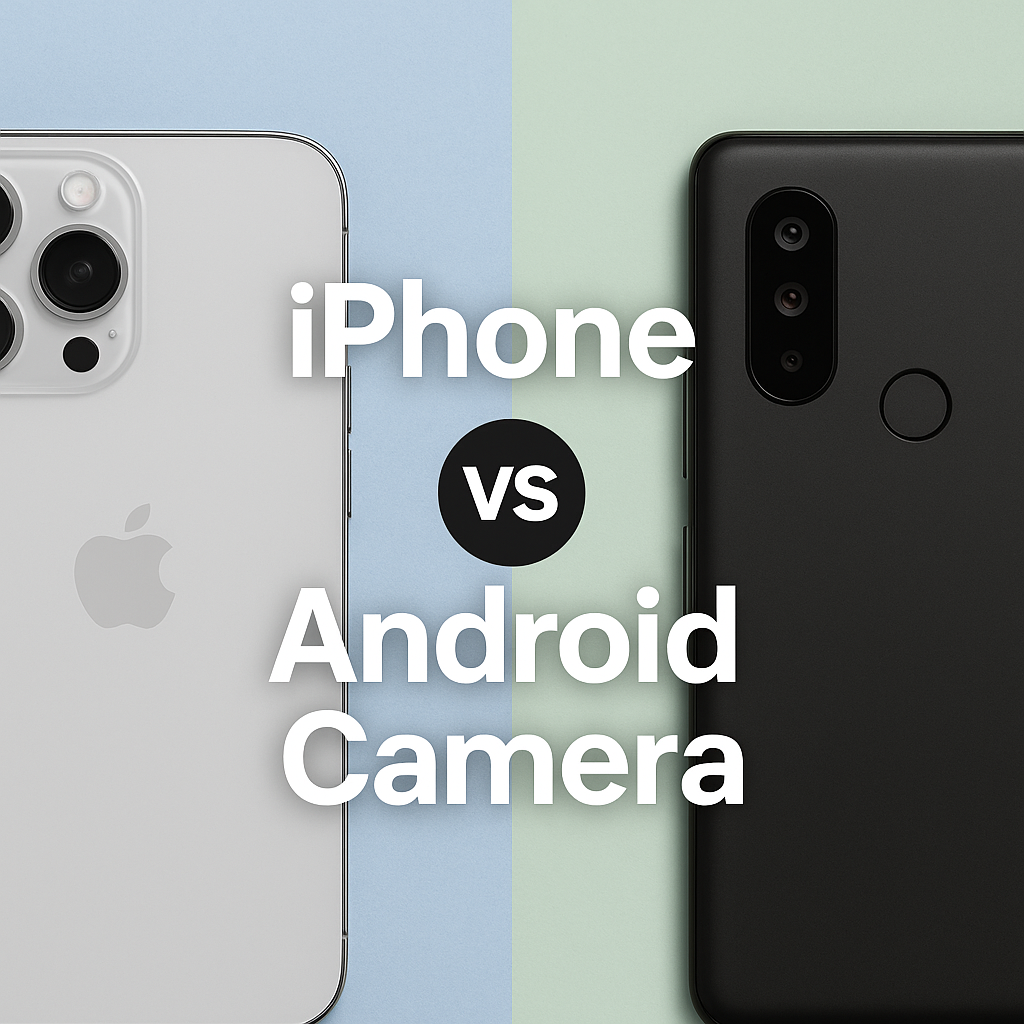
In 2025, both Apple and Android manufacturers like Samsung, Google, and Xiaomi have equipped their top-tier phones with cutting-edge sensors. Apple’s iPhone 15 Pro Max features a 48MP main sensor with a larger aperture and Photonic Engine for better light intake. Meanwhile, the Google Pixel 9 Pro uses a custom 50MP GN2 sensor optimized for computational photography.
However, here’s where iPhone vs Android camera debates get interesting—Apple leans heavily into natural color processing, trying to represent real-world tones, while Android brands often boost saturation, contrast, and dynamic range. In side-by-side tests, users find iPhone images more neutral, while Android ones appear more social-media ready straight out of the box.
From personal experience, I took the same sunset shot using an iPhone 15 Pro Max and a Samsung Galaxy S24 Ultra. The iPhone photo looked closer to how my eyes saw it. The Samsung image popped more but felt slightly artificial. It comes down to whether you want realism or flair.
2. Low-Light Photography: Who Shines in the Dark?
Low-light performance has always been a litmus test in the iPhone vs Android camera battle. Apple’s Night Mode is excellent, producing clear, bright shots with minimal noise. But Androids, especially Pixels, use multi-frame AI blending that often delivers sharper night images with more visible detail.
Case study: I photographed a candle-lit dinner on both a Pixel 9 and iPhone 15 Pro. The Pixel captured the texture of the candle wax and tablecloth in more detail, whereas the iPhone produced a warmer, smoother look. Both were impressive, but different.
Ultimately, Android’s AI enhancements give it an edge in extremely dark settings, though iPhones offer a more cinematic feel.
3. Video Recording Capabilities: iPhone vs Android camera showdown
Ask any content creator and they’ll often say—iPhones win at video. The iPhone vs Android camera battle gets lopsided here. Apple’s consistent frame rate, excellent stabilization, ProRes recording, and cinematic mode are unrivaled.
In contrast, Android phones like the Galaxy S24 Ultra offer 8K recording and Director’s Mode (multi-camera), but often struggle with overheating or inconsistent autofocus during long shoots. iPhones, though not perfect, are known for being reliable workhorses for mobile filmmakers.
From my vlogging sessions, I found iPhones easier to trust—especially during live events or moving scenes. Android phones offer more features, but they sometimes feel experimental or inconsistent.
4. Zoom Capabilities and Telephoto Lenses
Here’s a space where the iPhone vs Android camera fight tips toward Android. Brands like Samsung have mastered periscope zoom. The Galaxy S24 Ultra has a 10x optical zoom and up to 100x digital zoom.
Apple’s latest iPhones introduced 5x optical zoom with impressive clarity, but they still lag in terms of range. When capturing distant subjects—like wildlife or stage events—Android takes the cake.
Personal story: I attended a concert and used both phones. The iPhone handled wide shots beautifully, but the Galaxy captured close-ups of the singer from the back row with surprising clarity.
5. Portrait Mode and Bokeh Effects
Portrait mode is a major part of the iPhone vs Android camera comparison, especially for social media users. iPhones have refined depth mapping over the years, with smoother edge detection and realistic blur. On the other hand, Android phones like the Pixel 9 and Xiaomi 14 Pro use AI-based segmentation, sometimes producing sharper outlines but less natural blur.
I took portraits of my dog in my backyard using both phones. The iPhone rendered his fur and eyes with a beautiful background blur, while the Android sharpened the edges but over-processed the shadows.
If you want drama, Android might suit you. But for emotional depth and softness, iPhone still leads.
6. Front Camera Performance: Selfie Wars
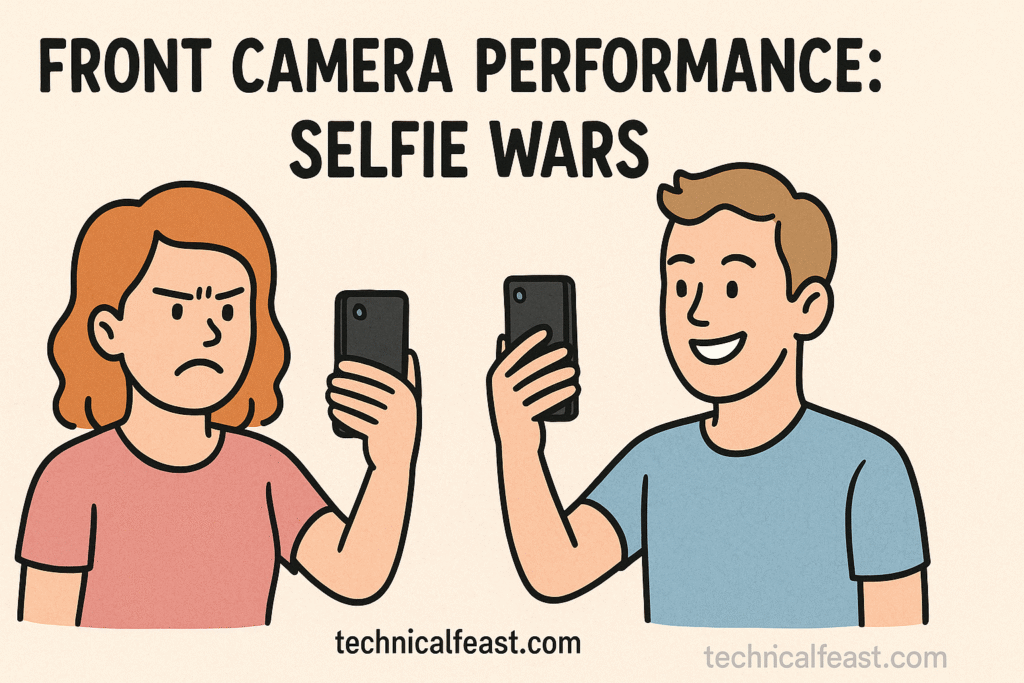
Selfies are now part of daily life, and the iPhone vs Android camera face-off extends here too. Apple’s front cameras are optimized for accurate skin tones and dynamic range. Android’s front cameras (especially on Oppo and Vivo) focus on beauty filters, smoothing, and enhancements.
In multiple selfie tests with friends, the iPhone maintained facial detail and tone even in harsh lighting. Android phones produced more flattering shots, but sometimes at the cost of realism.
Here, your personal style plays a role. Do you want real or retouched?
7. App Integration and Ecosystem Optimization
Another important angle in the iPhone vs Android camera discussion is software optimization. Apple’s tight control over iOS allows apps like Instagram, TikTok, and Snapchat to use the native camera API, producing better quality results.
Android still faces fragmentation. Unless you’re using a Pixel or Samsung, third-party apps often degrade camera quality. This is especially noticeable when uploading stories or reels.
As someone who uploads content daily, I’ve noticed the iPhone delivers better in-app quality almost every time.
8. Editing Flexibility and RAW Support
For prosumers and hobbyists, editing flexibility matters in the iPhone vs Android camera showdown. iPhones now support ProRAW, and Androids support full manual control and RAW formats through apps like GCam.
On Android, I could tweak exposure, ISO, and white balance in third-party camera apps. iPhone makes it easier to shoot and edit seamlessly within Photos or Lightroom Mobile.
Bottom line: Android offers more creative control. iPhone offers more simplicity.
9. AI & Computational Photography Advances
AI has become the secret sauce in the iPhone vs Android camera world. Google’s Magic Eraser, Samsung’s Object Remover, and AI-enhanced HDR are pushing Android ahead in post-processing creativity.
Apple’s latest updates focus on Smart HDR and Deep Fusion for texture and detail. But in terms of wow-factor tools, Android is slightly ahead.
That said, Apple often catches up with stable, refined releases—whereas Android sometimes launches half-baked features.
10. Which Is Best for You?
So, who wins the iPhone vs Android camera war? It depends.
- For video creators: iPhone
- For zoom & details: Android
- For natural portraits: iPhone
- For post-processing features: Android
After years of switching between both ecosystems, I can say this: there’s no universally better camera, only the one better suited to your needs.
11. Battery and Thermal Performance While Shooting
While not often discussed, battery and heat management affect how long you can shoot. In the iPhone vs Android camera comparison, iPhones tend to stay cooler and drain slower during long 4K or 1080p recording sessions. Android phones, especially with 8K enabled, can overheat faster.
During a recent outdoor shoot in summer heat, my Pixel 9 heated up and dimmed the display after 15 minutes of 4K 60fps. The iPhone 15 Pro kept recording longer without issue.
If you’re into lengthy recording sessions, that stability is crucial.
12. Durability and Lens Protection
With phones costing over $1000, durability matters. iPhones use sapphire crystal lenses, which are more scratch-resistant. Android phones vary—some use Gorilla Glass DX, others stick to standard glass.
Over a year of usage, I noticed micro-scratches developing on my old Galaxy’s lens. My iPhone lens still looked nearly new.
While not a camera feature per se, it influences long-term quality and resale value in the iPhone vs Android camera argument.
13. Future Camera Innovations to Watch
The iPhone vs Android camera debate will evolve even more in the coming years. Apple is rumored to be developing periscope lenses for deeper zoom, while Android manufacturers are exploring under-display cameras with AI scene recognition.
AI-based storytelling, real-time editing, and improved AR photography are likely to shape the next generation of smartphone cameras. Whether you’re team Apple or Android, there’s plenty to be excited about.
14. Real-World Use Cases and User Preferences
Let’s talk practical usage. In the iPhone vs Android camera debate, the deciding factor often comes down to user preference.
Take food bloggers, for example. Most prefer the iPhone due to its realistic colors and focus consistency. Meanwhile, travelers and outdoor explorers lean toward Android for wide-angle landscapes, zooming, and fast shutter speeds.
And then there are parents—people who just want the best snapshot of their kid at the right moment. In that split-second timing, iPhones tend to perform more reliably, with less shutter lag.
For creators who want to shoot, edit, and post with minimal hassle—iPhone is perfect. For advanced users who want full control, Android is ideal.
15. Mobile Photography Awards and Camera Rankings
To add perspective to the iPhone vs Android camera narrative, let’s look at real photography awards.
In 2024, the iPhone 15 Pro Max won several honors in the Shot on iPhone challenge for its dynamic range and storytelling quality. But in the Android space, the Pixel 8 Pro took home the Mobile Camera of the Year title at the MWC awards.
DxOMark’s latest rankings placed the Honor Magic6 Pro on top, followed closely by Galaxy S24 Ultra and iPhone 15 Pro Max. These metrics, while technical, show that both ecosystems have strong contenders.
Making the Final Call
The iPhone vs Android camera debate in 2025 isn’t about specs—it’s about experience. Both platforms are pushing the limits of mobile photography, but in different ways. iPhones provide consistency and cinematic realism. Androids offer versatility and creative freedom.
Whether you’re a casual user, an influencer, or a mobile filmmaker, choose based on what you shoot and how you edit. In the end, the best camera is the one that helps you tell your story best.
So next time you scroll through your gallery, ask yourself—not which phone took the shot, but which shot made you feel something. That’s the true winner of the iPhone vs Android camera battle.
FAQs on iPhone vs Android Camera
Q1: Which phone is better for professional photography—iPhone or Android? A: Both can shoot professional-quality photos. iPhone offers more consistency, while Android allows deeper manual controls and AI tools.
Q2: Does iPhone really outperform Android in video? A: Generally, yes—especially in stability, audio sync, and app compatibility.
Q3: Which is better for social media uploads? A: iPhone, due to its tight integration with most apps and consistent quality.
Q4: Can Android cameras beat iPhones in any area? A: Definitely. Zoom capabilities, night photography, and AI features are where Android often wins.
Q5: Should I switch phones for better camera alone? A: Not always. Consider your editing habits, preferred look, and ecosystem.
Ready to Upgrade Your Camera Game?
Still stuck in the iPhone vs Android camera dilemma? Here’s what you can do next:
Try both before buying: Visit a local store, take the same shot with each, and see what fits your vibe.
Think beyond the lens: Consider editing apps, battery life, storage, and how you plan to use your photos or videos.
Follow us for more tech comparisons: Stay updated with the latest in smartphone tech, camera tips, and real-world reviews.
If this article helped you, share it with your tech buddies or drop your thoughts in the comments section below. What team are you on—#TeamiPhone or #TeamAndroid?
Read more blog.
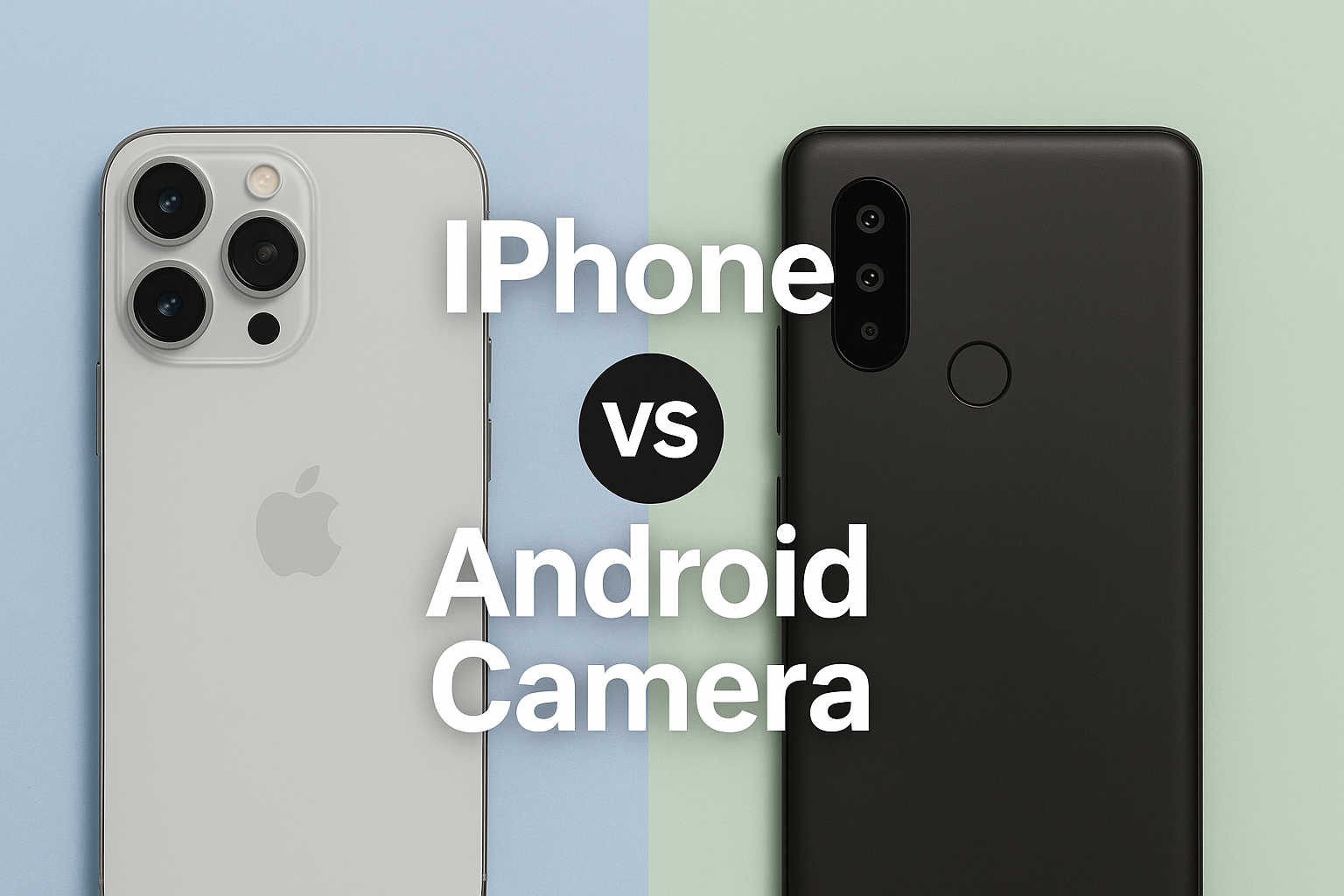
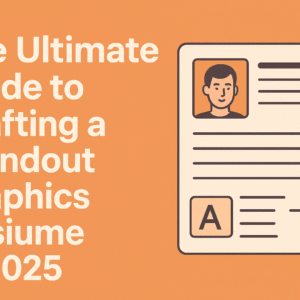
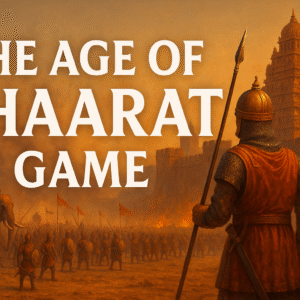
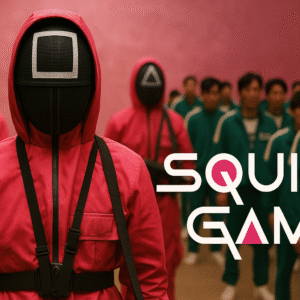
Leave a Reply